How do you write a LEFT OUTER JOIN in LINQ to SQL, where the right side is null?
A graphical representation of the result I want would be this:
Image credits Jeff Atwood.
Take this SQL for example:
select Document.*
from Document left outer join Invoice
on Document.DocumentId = Invoice.DocumentId
where Invoice.DocumentId is null
Basically I want all documents that are not invoices but some other kind of document, doesn't matter what.
I would greatly appreciate examples in both LINQ Query Syntax and LINQ Method (Fluent) Syntax.
Thank you!
